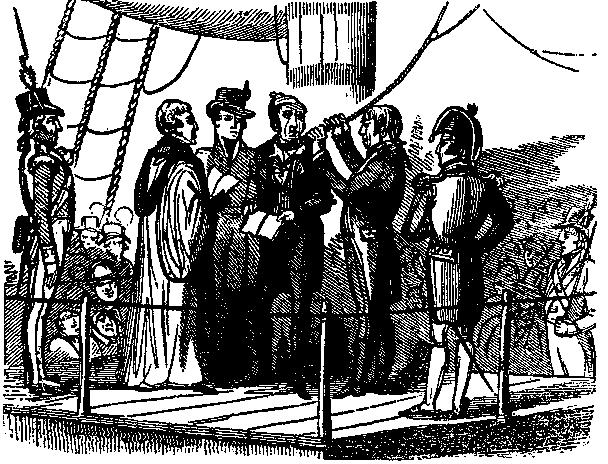Richard Parker

Famed writer Edgar Allan Poe wrote 70 poems and 66 short stories during his 40 years on this planet, but published only one novel. That book, titled “The Narrative of Arthur Gordon Pym of Nantucket,” is fiction, focusing on Pym’s misadventures as a stowaway on a whaling ship.
It also makes for a very interesting warning for those who wish to take to sea — if your name is Richard Parker, at least.
The novel, published in 1838, involves an attempted mutiny of the whaling ship. Pym and two others repel the mutineers, killing or throwing overboard all but one. The spared mutineer, named Richard Parker, is kept aboard in order to help operate the ship. This turns out to be inadequate, as the ship capsizes, leaving the quartet shipwrecked and without adequate food. Parker suggests that cannibalism is the only way out, and they draw straws to determine the victim. Parker loses and becomes dinner.
Again, that is fiction. But in 1846 — just eight years after Poe published his novel — a real-life Richard Parker died in a shipwreck. He and 20 others were on board the doomed Francis Spaight, which sank, killing all on board. This is in and of itself, much ado about nothing; it is a mere coincidence and not a very good one at that, as it involves neither mutiny nor cannibalism.
Fast forward a few decades to 1884 and the coincidence becomes downright creepy. A yacht named the Mignonette sank, and four people — just like in the story of Arthur Gordon Pym — made their way into a lifeboat. And just like in Pym’s tale, the four find themselves lacking food and are desperate. They did not draw straws, however; rather, two of the remaining three simply killed the youngest, a cabin boy who had fallen into a coma. All three then dined on the now-deceased 17 year old. The cabin boy’s name, of course, was Richard Parker.
As for mutiny, one needs to travel back in time to 1797, before Poe penned his novel — although there is little evidence that Poe had known about this Richard Parker or intentionally co-opted his name for the Pym novel. That year, another man named Richard Parker led a mutiny of the British Naval base at Nore, commandeering a number of ships. But as food began to run out, Parker ordered “his” fleet to head toward France. (Thankfully, there was no cannibalism this time.) The ship he was on followed this order but none of the other ships did, and Parker was apprehended. He was hanged, as depicted above, as punishment for treason.
This series of coincidences has not gone entirely unnoticed. In 2001, author Yann Martel published “The Life of Pi,” which is being made into a feature-length movie for release in November of 2012. It tells the story of a man who finds himself stranded on a lifeboat with a few animals, including a Bengal tiger. Martel paid homage to the shipwrecked men spoken about above by naming the tiger Richard Parker. And while there is probably nothing to this freak occurence, if your name is Richard Parker, you may want to stay away from boats.
Bonus fact: The murder of Richard Parker on the Mignonette is famous for another reason — the later trial of Parker’s murderers became a leading precedent in criminal common law jurisprudence. In the case, R v Dudley and Stephens, the defendants argued that they committed the murder out of necessity, but the court ruled that necessity is no defense to murder. The case is now widely taught in law schools throughout the United States, but, if experience is any guide, few professors make reference to the coincidence of the victim’s name.
From the Archives: Sable’s Stable and Bacon of the Sea: Two more stories which probably have to do with shipwrecks.
Related: “The Life of Pi” by Yann Martel, 4.1 stars on over 2,000 reviews. Also, “The Narrative of Arthur Gordon Pym of Nantucket” by Edgar Allan Poe. 4.3 stars on 29 reviews.

Leave a comment